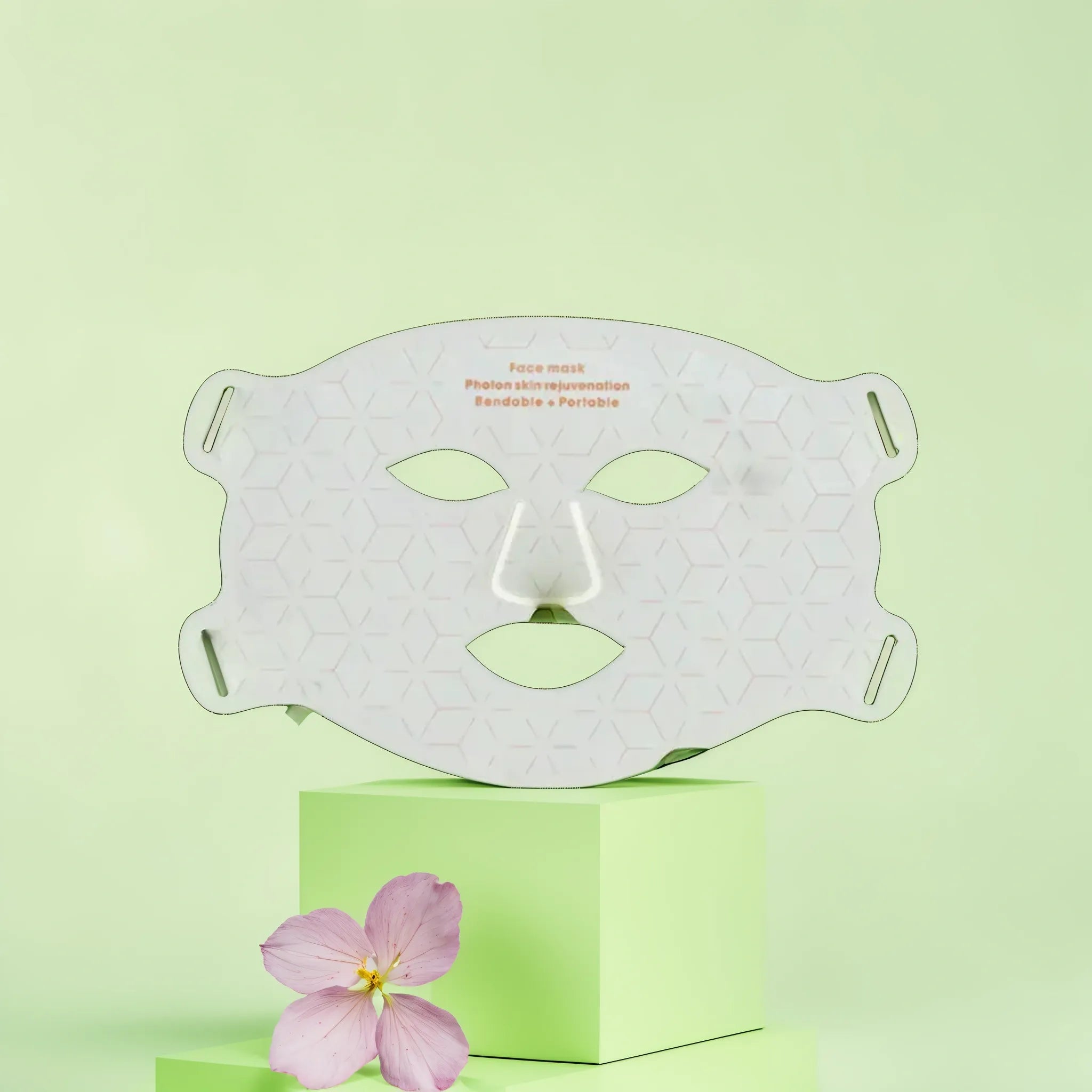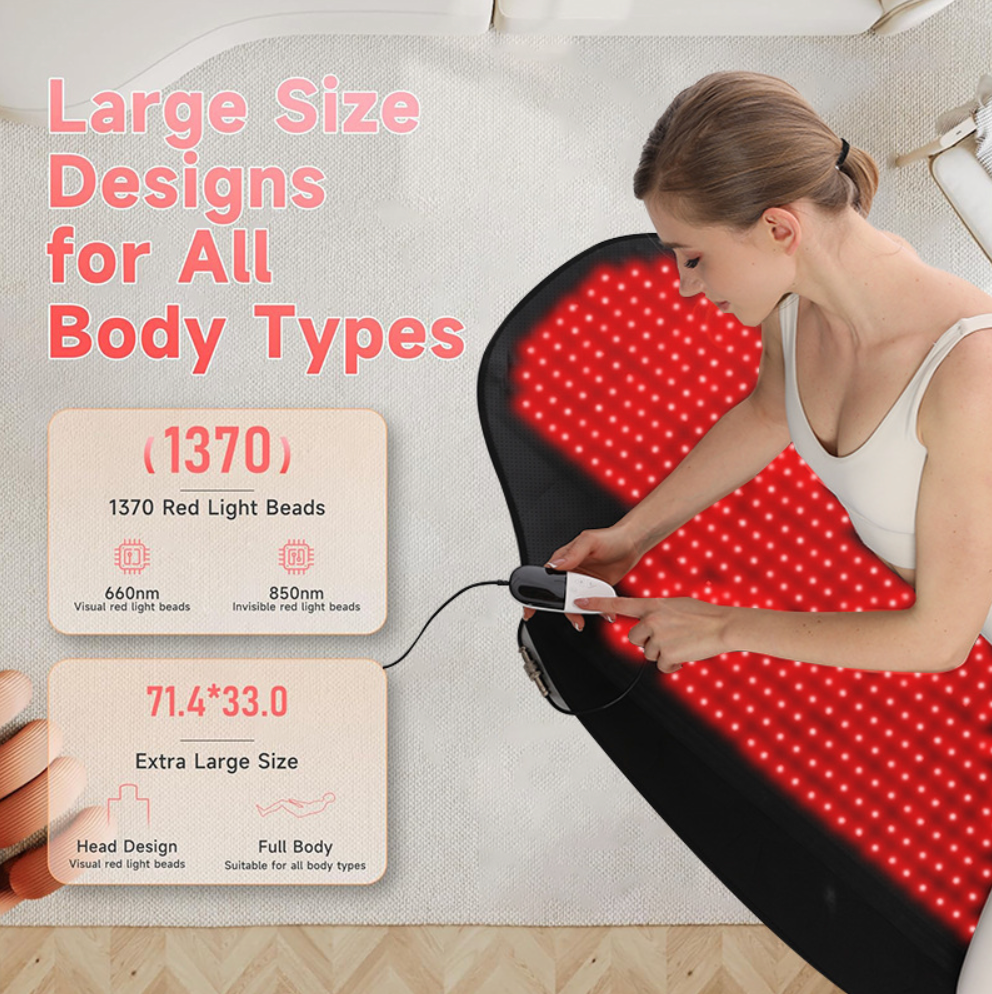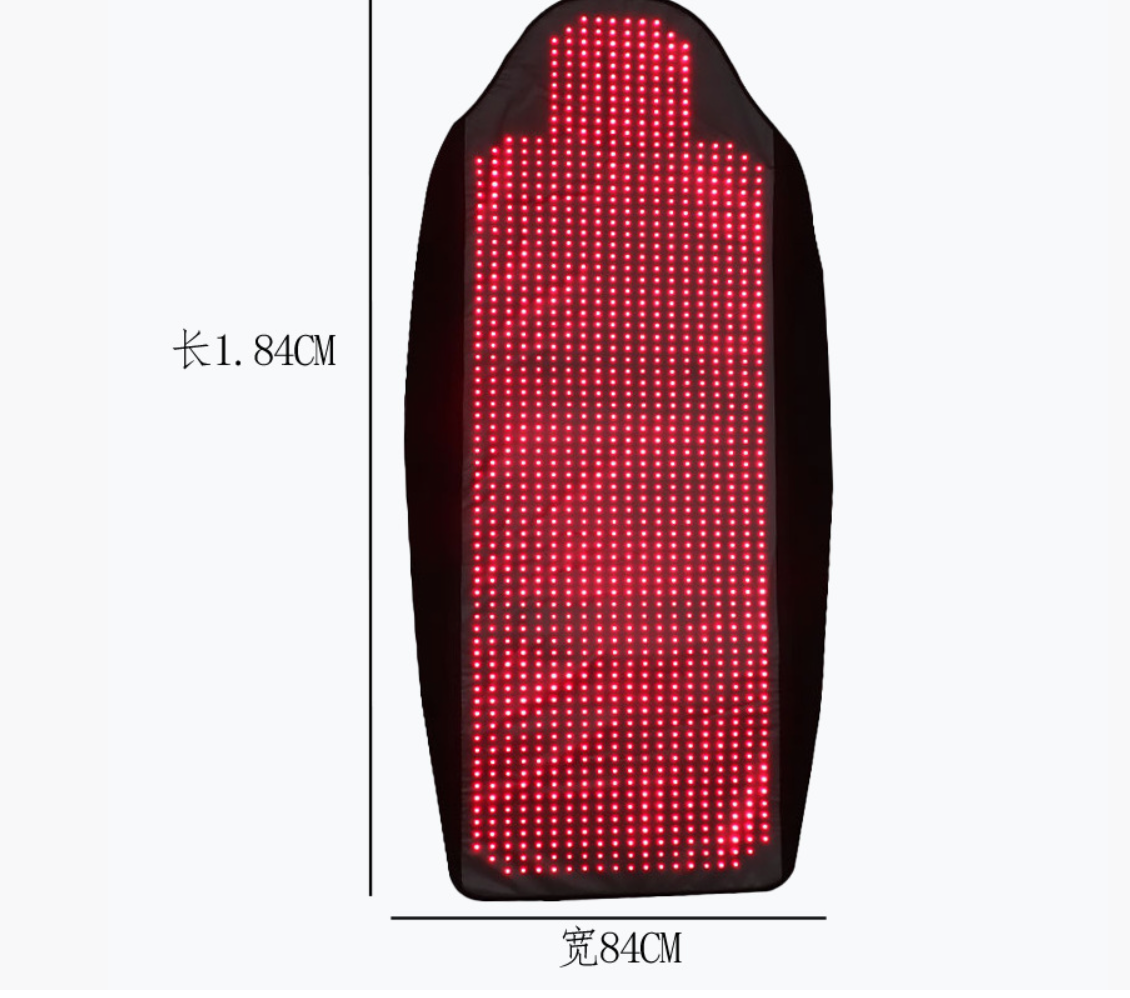When it comes to physiotherapy, selecting the right physiotherapy gel can make a significant difference in the effectiveness of treatments like ultrasound therapy or physical therapy. Whether you’re a healthcare practitioner in a clinic or someone managing muscle pain at home, understanding the key factors to consider when choosing a gel ensures optimal results. From hypoallergenic formulas to the right consistency, here’s a comprehensive guide to help you make an informed decision.
Why Physiotherapy Gel Matters
A physiotherapy gel is more than just a slippery substance. It serves as a conductive medium that facilitates the transmission of ultrasound waves during therapeutic ultrasound or medical ultrasound procedures. These sound waves penetrate tissue to promote relief from musculoskeletal issues, reduce discomfort, or assist in diagnostic imaging. The gel ensures that the transducer glides smoothly over the skin, allowing for easy application while maintaining contact for effective wave transfer.
Without the right ultrasound gel, the device may struggle to conduct properly, leading to suboptimal results. Whether you’re using a device for muscle recovery, joint pain, or soft tissue therapy, the gel plays a critical role in ensuring the treatment is both comfortable and efficient.
Key Factors to Consider When Choosing a Gel
1. Conductivity and Formula
The primary purpose of a physiotherapy gel is to act as a coupling agent between the ultrasound device and your skin. Look for a gel with excellent conductive properties to ensure ultrasound waves pass through effectively. A viscous, non-greasy formula is ideal for maintaining consistent contact without leaving residue. Some gels, like those used in vms ultrason or parker-style applications, are designed specifically for therapeutic or diagnostic purposes, ensuring clarity in imaging or precision in therapy.
For types of ultrasound, such as physiotherapy ultrasound or medical procedures, the gel should support high intensity and duration without breaking down. A clear gel is often preferred for its versatility across ultra medical applications.
2. Hypoallergenic and Skin-Friendly Ingredients
Since the gel comes into direct contact with the skin, it’s crucial to choose a hypoallergenic option to avoid allergy risks. Look for formulas free from harsh chemicals and enriched with soothing ingredients like aloe vera, which can enhance comfort during application. A gel that’s gentle on the skin is especially important for patients with sensitive tissue or those undergoing frequent therapy sessions in a hospital or clinic.
3. Size and Packaging
The size of the gel package matters depending on your needs. For home use, a 250 ml or 500ml bottle or tube is often sufficient, such as an ultrasound gel 250 ml. For healthcare settings, larger options like a litre or gallon container may be more practical, with refill options to reduce waste. A 5 kg jug might be ideal for high-volume clinics. Consider how frequently you’ll use the gel and whether a warmer is needed to keep it at a comfortable temperature during treatment.
4. Consistency and Application
The consistency of the gel affects both its property and ease of use. A viscous yet smooth texture ensures easy application, allowing the transducer to glide effortlessly. Avoid gels that are too runny, as they may drip and create a mess, or too thick, as they could hinder transmission. A non-greasy gel is also easier to clean off after therapy, leaving no sticky residue on the skin.
5. Versatility Across Devices
Not all gels are designed for every device. Some are tailored for therapeutic ultrasound, while others work better with tens units or first aid applications. Ensure the gel you choose is compatible with your device, whether it’s for physio sessions, medical use, or diagnostic purposes. A versatile gel, like an ultrasonic gel, can handle multiple types of ultrasound, from muscle recovery to imaging.
Understanding Physiotherapy Gel Specifications
When browsing for a physiotherapy gel, you’ll encounter terms like 250ml, aquasonic 100, or parker. These often refer to size, formula, or specific property standards in the industry. For example, a 250 ml bottle is a common choice for portability, while a clear gel ensures no staining on clothing or equipment. Pay attention to the colour—most gels are transparent to avoid visual distractions during medical procedures.
If you’re using the gel for ultrasound therapy, confirm it’s optimized for wave transfer. Some gels are formulated to enhance sound waves, improving the intensity and effectiveness of the treatment. For practitioners, choosing a gel that supports both therapeutic and diagnostic needs can streamline operations in a busy clinic.
Tips for Choosing the Right Gel
- Assess Your Needs. Are you using the gel for home therapy or a professional hospital setting? This will guide your choice of size and package.
- Check Compatibility. Ensure the gel works with your ultrasound machine or tens units for seamless performance.
- Prioritize Comfort. A hypoallergenic, non-greasy gel with soothing ingredients like aloe vera enhances the patient experience.
- Consider Volume. A 250 ml bottle suits occasional use, while a litre or gallon is better for frequent medical applications.
- Look for Value. Larger packages or refill options can save money in the long run, especially for healthcare providers.
Making an Informed Choice
Choosing the right physiotherapy gel involves balancing conductivity, skin safety, and practical considerations like size and consistency. Whether you’re managing muscle pain, recovering from a joint injury, or performing diagnostic imaging, a high-quality gel enhances the effectiveness of your ultrasound therapy. By focusing on hypoallergenic formulas, versatile applications, and the right package for your needs, you can ensure a comfortable and efficient treatment experience.
The UV lamp for the face is your reliable assistant in the fight against age—related skin changes. With its help, you can easily and effectively take care of your skin. You can buy this device at the best price in our store.
Next time you’re selecting a gel for your machine, keep these factors in mind. A well-chosen ultrasound gel not only supports therapeutic outcomes but also makes the process smoother for both practitioners and patients. With the right formula, you’ll be well-equipped to tackle musculoskeletal challenges or assess conditions with confidence.











Leave a comment
This site is protected by hCaptcha and the hCaptcha Privacy Policy and Terms of Service apply.